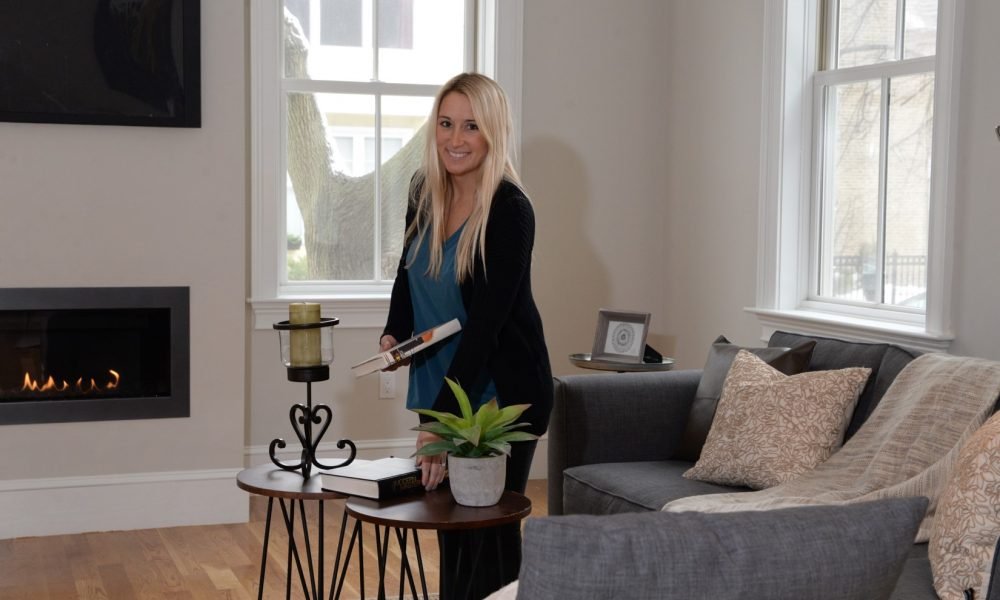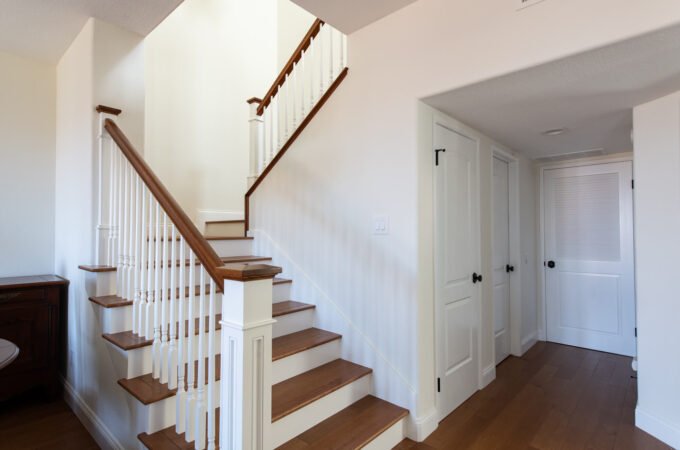
Virtual Home Staging as a Scalable Alternative to Traditional Methods
Selling a home often comes down to first impressions, and staging plays a critical role in capturing buyers’ attention. Traditional home staging, while effective, can be time-consuming and costly, requiring physical furniture, decor, and significant effort to prepare a property for showings.
Virtual home staging has emerged as a game-changing alternative, offering a scalable and cost-efficient solution. By leveraging cutting-edge technology, it transforms empty or outdated spaces into visually appealing interiors, helping potential buyers envision a property’s full potential. This innovative approach is reshaping the real estate industry, making it easier for sellers to market their homes effectively.
Table of Contents
ToggleFlexibility and Efficiency of Virtual Home Staging
Virtual home staging streamlines the preparation process by bypassing logistical challenges associated with physical staging. Designers update furniture, layouts, and decor digitally, making it possible to customize spaces without physically moving items. This digital flexibility allows real estate agents to quickly adjust designs for different target demographics, such as young professionals or families.
Efficiency improves significantly with the elimination of transportation, storage, and on-site installation. Virtual staging delivers professionally edited images within 24–48 hours, compared to the days or weeks often required for traditional setups. This faster turnaround enables sellers to list properties sooner, aligning with competitive market demands.
Cost efficiency is another advantage. Traditional staging may cost $2,000–$5,000 per home, depending on size and furnishings, while virtual staging typically ranges from $100–$500 per image. This scalability makes it a practical option for both small-scale listings and larger portfolios.
Cost Comparison: Digital vs. Physical Staging
Virtual home staging significantly reduces expenses compared to traditional physical staging. Physical staging typically ranges from $2,000 to $5,000 per home, depending on property size and rental furniture costs. In contrast, virtual home staging costs between $100 and $500 per image, making it a budget-friendly option for sellers and agents.
Physical staging often incurs recurring fees, including furniture storage, transportation, and setup labor. These additional costs can escalate quickly, especially for extended listing periods. Virtual staging eliminates these recurring expenses by digitally creating customized interiors without physical inventory.
Turnaround time further impacts costs. Physical staging requires scheduling movers, furniture delivery, and setup teams, which may take days or weeks. Virtual home staging delivers professionally edited images in 24–48 hours, reducing logistical delays and maximizing marketing efficiency. This faster process supports quicker sales, often mitigating holding costs for properties on the market.
Virtual home staging provides scalability, especially for real estate portfolios with multiple listings. It allows agents to stage numerous properties simultaneously without the logistical and financial constraints of physical staging, benefiting large-scale marketing campaigns.
Digitally Updating Occupied Homes for Faster Sales
Virtual home staging provides an efficient way to modernize occupied homes, enhancing their appeal to potential buyers. This digital technique allows for visual transformations without requiring physical modifications or additional furniture. Updated furniture styles, fresh color palettes, and clutter-free layouts can be introduced virtually, making properties appear more inviting while maintaining the homeowner’s privacy.
By addressing common challenges like mismatched decor or outdated interiors, virtual home staging helps buyers visualize the space’s potential without being distracted by personal belongings. Sellers benefit from showcasing a professionally curated image of their property, leading to faster sales when compared to unaltered listings.
Occupied homes with functional but outdated furniture can leverage virtual home staging to highlight modern design trends. Digital updates ensure that listing photographs reflect current buyer preferences, even in competitive markets. This proactive approach reduces the time spent on the market and increases perceived property value, aligning the seller’s goals with market demands.
Growing Popularity of Digital Staging Among Sellers
Virtual home staging is gaining traction as a preferred option for sellers due to its affordability, convenience, and transformative impact on property presentation. With its ability to showcase realistic, professionally designed interiors, this method appeals to a broad demographic of sellers, from individual homeowners to large-scale developers.
Sellers benefit from virtual staging by bypassing the need for physical furniture and decor rentals, reducing logistical complexities. Technology-driven customization allows sellers to present homes tailored to varying buyer preferences, making their listings stand out in competitive markets.
The increase in digital-first property searches has further driven the demand for virtual staging. With over 90% of buyers starting their home search online, sellers recognize the importance of visually compelling images in generating interest. Virtual staging enhances these visuals, helping properties attract more views and prospective buyers.
Leveraging Technology to Meet Market Demands
Virtual home staging is redefining how properties are presented, offering a scalable and cost-effective solution that meets the demands of today’s competitive real estate market. By combining advanced technology with creative design, it empowers sellers to showcase homes in their best light while saving time and resources.
This innovative approach aligns perfectly with the digital-first preferences of modern buyers, delivering visually compelling listings that stand out online. Its affordability, efficiency, and ability to adapt to various property types make it an invaluable tool for both individual sellers and large-scale developers.
As the real estate industry continues to evolve, virtual staging provides a forward-thinking alternative that enhances property marketing and accelerates sales. By embracing this digital solution, sellers can stay ahead of market trends and connect with buyers more effectively.
Mark Ligon is the Marketing Manager at a leading e-commerce store in plumbing supply. Mark focus is on DIY projects and providing creative and practical advice to individuals looking to complete DIY projects of their own







